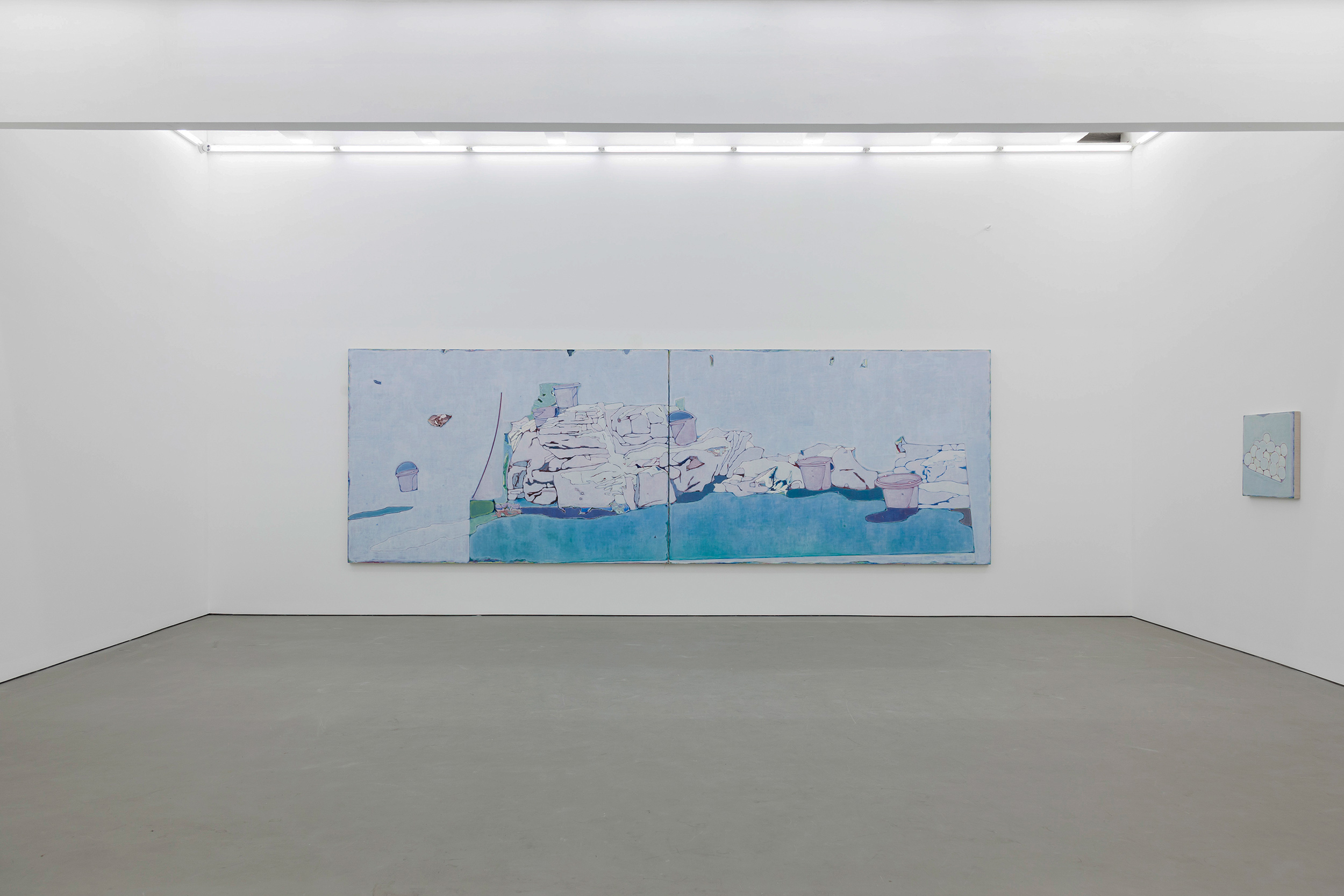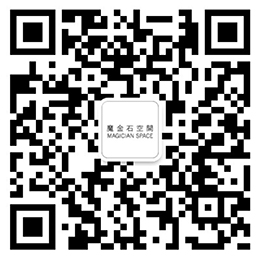Tang Yongxiang: Tang Yongxiang
This post is also available in:
 简体中文 (Chinese (Simplified))
简体中文 (Chinese (Simplified))  English
English
Curator: Lu Mingjun
Tang Yongxiang employs a ‘rigorous’ approach to a set of questions connected to his individual practice including – positive and negative space, concealment and elaboration, contour and form, collage and depth, narrative and antinarrative – the possibilities of painting are coaxed onto the canvas from out of these relationships. Working with these issues, his practice deals with questions related to the determinacy of a given rule, looking to move from a simple cause and effect relationship to yield further elements of chance and contingency for the painter.
The artist relies primarily on intuition, aspiring to set free a heightened level of unpredictability into his compositions. When each moment of chance is realized, the departure from existing forms of perceptual experience is never absolute. Hence, a persistent method framed by the strict abidance to a set of codes, which is used to guide and inflect his experience within the daily exercise of painting. In the last two years, the complexity of each canvas has been increasing. He is less liable now to the compositional constraints of an image or restricted by the fixity of a painting method. During the last moments of a painting, there are times when there appears to be a radical break from the initial compositional structure of the work. In this process, he not only undergoes a process of burial and reconstruction in the canvas, but in other situations, he might also apply techniques of splicing, movement, adding and repeating certain elements together, which are then layered onto the existing foundation of an image. It is as if these self-internalized rules become loosened, enabling the painting to become enriched with greater variation.
Tang Yongxiang keeps in suspension a moment of anticipation by submerging explicit uses of foreshadowing on the canvas. It is a device he uses to free up the viewer from pre-existing experiences and ways of perceiving the image, thereby engaging the audience through a maximum degree of freedom. At the same time, he obscures and produces different moments of rupture, which function as entry points into the canvas space in a fashion similar to how he sees areas within the construction of a negative space. It is precisely situated here and from within these ruptures, where he opens new possibilities of the imagination, looking to move towards a different mechanism of image making – one opening a new dialectic between subjective and imaginary expression.











